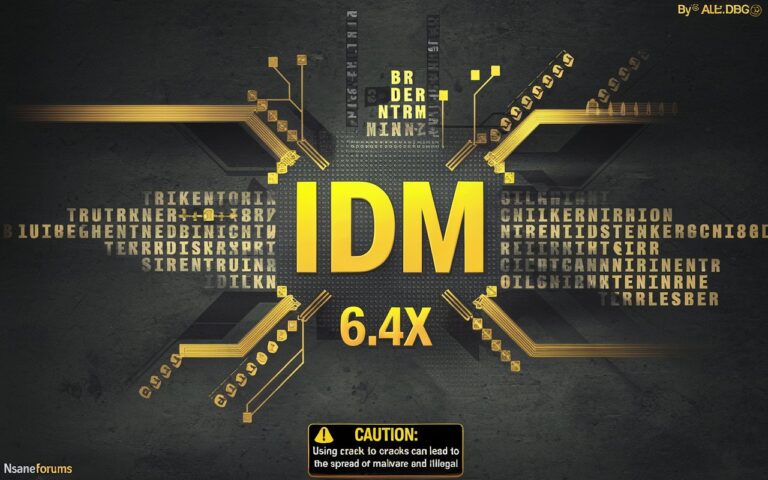How Gypcrete Keeps Your Home Warm
Gypsum concrete is a subfloor underlayment with many benefits and features, including self-leveling, soundproofing, fire resistance, and energy efficiency. Also known as gypcrete, gypsum concrete is made from gypsum plaster, sand, and cement. The subfloor underlayment can be combined with radiant heating systems to enhance thermal efficiency in single-story and multi-story buildings. Here’s more information about how gypsum concrete keeps your home warm:
Reduces Heat Loss
Gypsum concrete has thermal conductivity but radiates heat slowly, making it ideal for reducing heat transfer between floors. When combined with other floor insulation systems, gypcrete can help contain heat within your living spaces for extended periods. The underlayment reduces heat loss during winter by absorbing heat produced by your indoor heating systems. Since more heat is absorbed into your floor, less is lost back into the air, resulting in reduced heating cycles. When the heating units are turned off, the heat absorbed by the flooring is slowly radiated back into your living space, keeping your home warmer for longer. The gradual release of heat also allows you to achieve more balanced indoor temperatures over time.
Complements Radiant Heating Systems
Gypsum concrete adds a thermal mass to your floor, which is required when using radiant heating systems. Materials with a thermal mass can absorb, store, and gradually release heat. Radiant heating systems are made of tubes filled with electric coils or hot water that are installed beneath the floor. Gypsum concrete underlayment absorbs heat from such in-floor heating systems and gradually radiates it upward into your living area. Due to its thermal mass, the underlayment can absorb more heat during the heating cycles. When you turn off the heat source, the subfloor underlayment continues to release the absorbed heat, resulting in warmer spaces. Gypsum concrete’s passive heat release makes it suitable for regulating indoor temperatures.
Distributes Heat Evenly
Using gypsum concrete with radiant heating systems allows you to warm all rooms evenly without creating hot or cold zones. Traditional forced-air heating systems rely on vents and airflow. If your home has poor airflow or lots of furniture and appliances, you may experience uneven temperature zones due to air blockages. Radiant heating with gypsum concrete subfloor underlayment provides uniform heat distribution because you can install the underlayment across the entire floor. Your home is heated from below, and the heat is distributed evenly across the underlayment’s thermal mass. Even heat distribution allows you to achieve natural temperature increases, creating more comfortable spaces without hot or cold zones.
Heats Rooms Quickly
Gypsum concrete layers conduct heat more efficiently, warming up your rooms faster than wood, carpet, and other flooring materials. When you turn on your radiant heating system, it delivers heat to the surface of the floor rapidly, resulting in nearly immediate comfort. The fast heating is ideal when you need quick relief from cold weather. Because gypsum concrete underlayment delivers heat straight to the floor, it promotes comfort for homeowners who walk around with bare feet. If you regularly walk barefoot in your kitchen, bedroom, or bathroom, installing gypsum concrete can deliver more comfort than other materials. Rapid heat delivery also suits intermittent and on-demand heating needs.
Absorbs Excess Heat
Gypsum concrete provides a thermal mass that absorbs some of the space’s heat during the day, reducing temperature spikes. This property allows gypsum concrete floors to indirectly lower indoor temperatures during the summer when more heat enters your home. When combined with air conditioning systems, the underlayment can help you maintain comfortable living spaces throughout the year. The excess heat absorbed during the day releases slowly during the night, contributing to greater energy efficiency.
Install Gypcrete Underlayment
Installing gypsum concrete offers advantages like quick installation and sound attenuation. Work with a reputable underlayment supplier and installer to determine the most suitable products for your subfloor and floor finish. Contact a gypcrete supplier today to learn more about energy-efficient underlayments.







